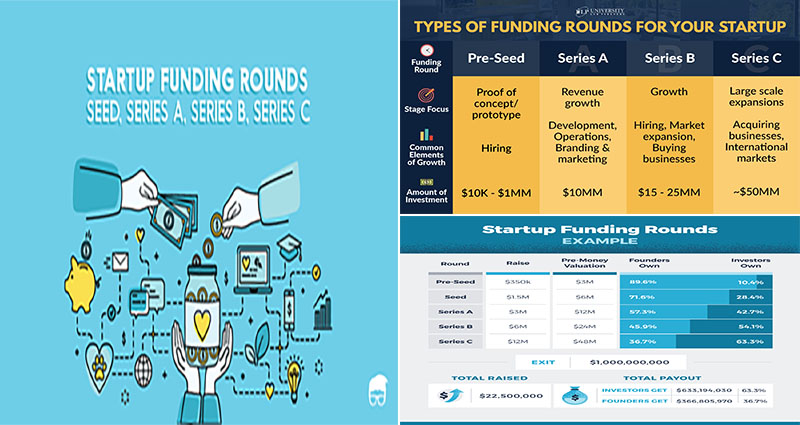Seed Funding For Startups
How to raise seed funding for startups? This article will explain how to pitch to investors who will give you seed capital. You can seek out private investors, angel investors, or corporate investors, depending on the nature of your business. Once you’ve narrowed down the options, it’s time to prepare your pitch deck and start attracting investors. Ideally, you should have a clear understanding of your solution and growth potential. The more information you can provide to investors, the better your chances of raising money.
Angel investors
Angel investors provide seed funding for startups, usually in the form of equity. Typically, early-stage companies don’t qualify for debt investments, so investors only offer equity. In some cases, angels use convertible debt, such as a SAFE (Simple Agreement for Future Equity) or a convertible note. In general, however, angel investors only provide cash for equity shares. A founder must consider the company’s valuation before seeking a loan.
While friends and family are often a good place to start, a business pitch deck that includes a detailed financial projection is essential for attracting an angel investor. Investors look for a business that is going to grow, and a business pitch deck demonstrates the trajectory of growth. Having key personnel on the team will also help. Before looking for seed funding, an entrepreneur should make sure that they can demonstrate the product’s benefits and potential revenue.
Corporate investors
Seed funding is usually small and varies in size. The amount raised ranges from several hundred … READ MORE ...













